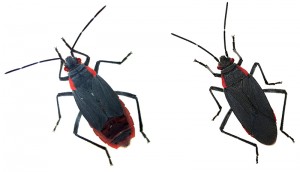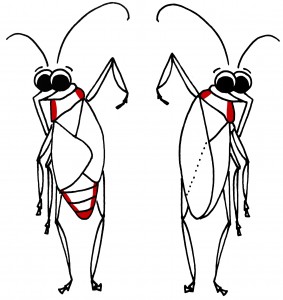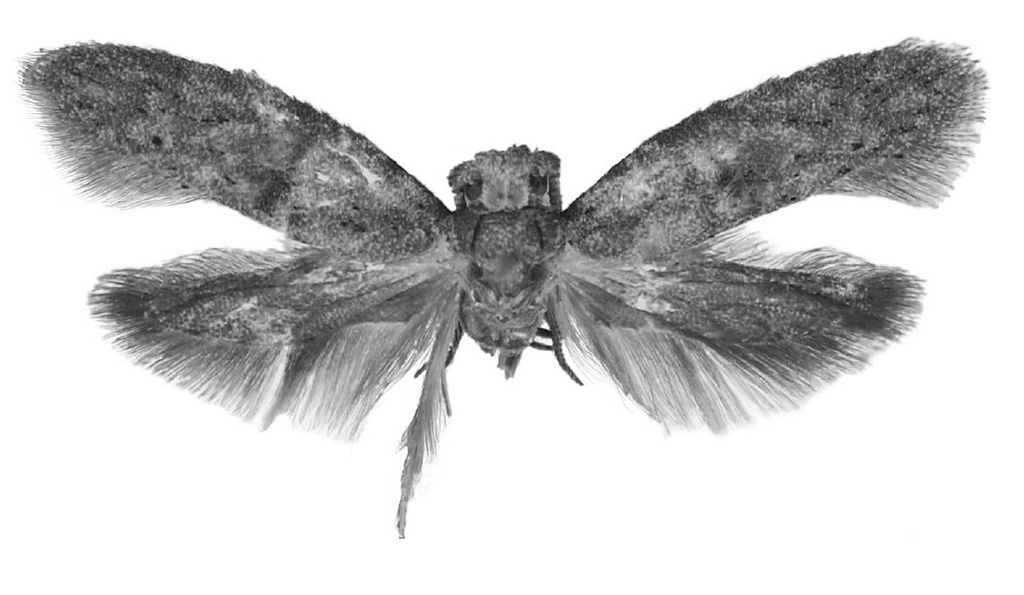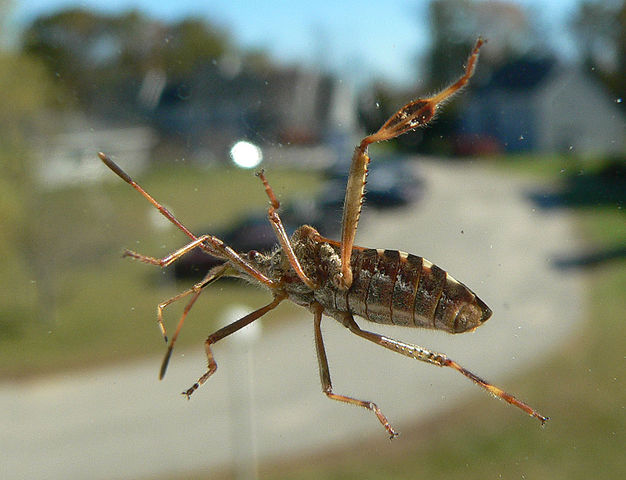Most animals grow to a relatively consistent adult size and shape. For example, people have a range of heights that falls across a roughly bell-shaped distribution. Similarly, the lengths of peoples’ arms and legs are related to their height so that we don’t see many people with extremely short or long limbs. (This does happen rarely, but it’s due to injury, disease or some other unusual circumstance of their development). Dramatic differences might be seen between males and females, but within each sex individuals are pretty similar.

An exception to this common pattern occurs in some species where adults can grow to two (or sometimes even three) distinctly different sizes or shapes. Sometimes the alternate form only affects some parts of the body as with soapberry bugs, where the wings are the most obvious difference of the two alternate forms. This is called polyphenism (meaning “multiple forms”). As a juvenile, each member of the species has the potential to take on either adult form (or “morph”).
Usually, environmental cues determine which adult morph occurs. Since insects grow only when they molt– and they don’t molt once they’re adults– each individual is stuck being a single morph for its entire adult life. They can’t change.
However, the amazing and slightly counter-intuitive thing about polyphenism is that individuals of a species all face the same choice. So, if a bug grows up to have short wings, that doesn’t mean her offspring are more likely to have short wings. Their environment will determine how likely it is that they’ll have long or short wings.
There are many unsolved biological questions about polyphenism. How is one form specified and realized in each individual? How does this ability evolve in the species where it occurs? How can alternate forms affect the ecology of these species? Maybe you can think of others!






